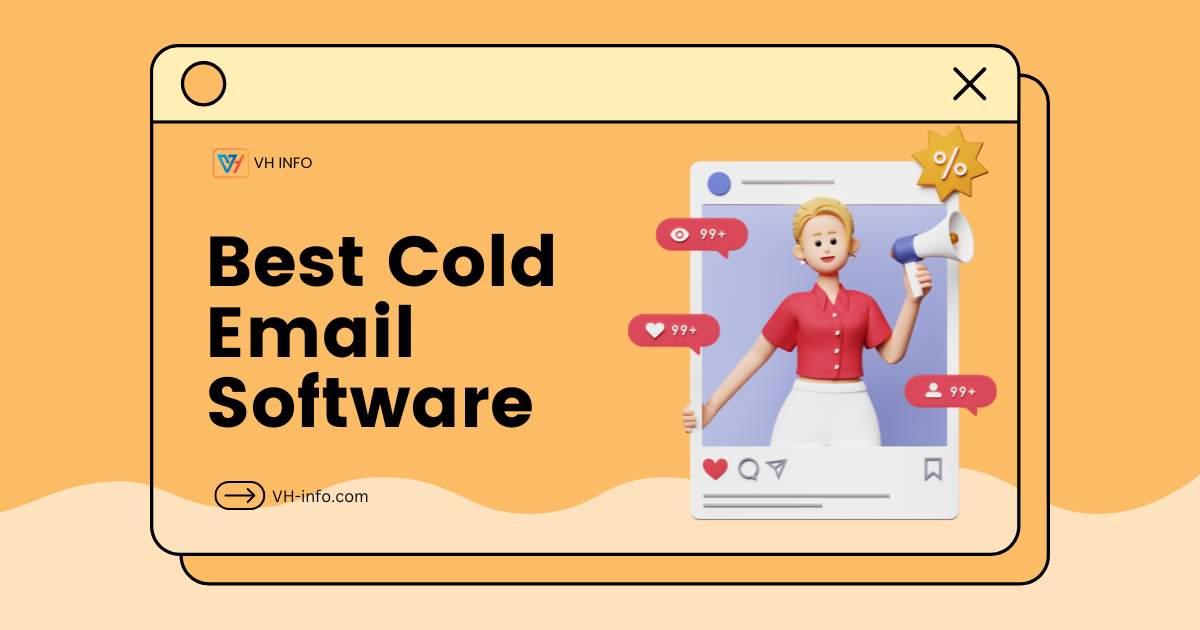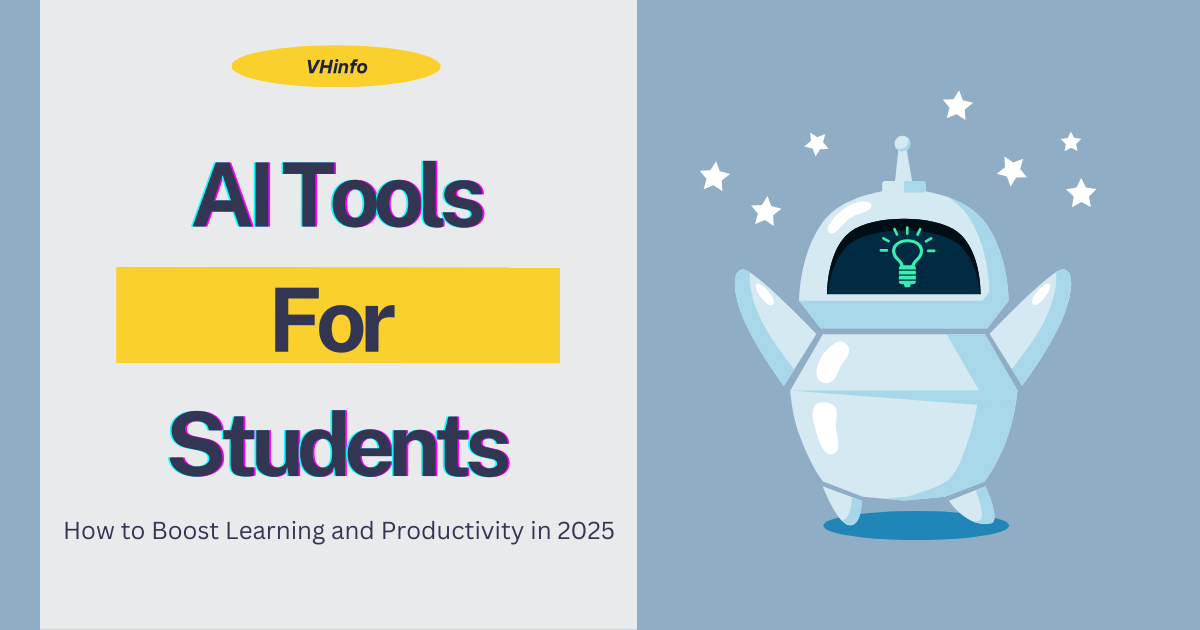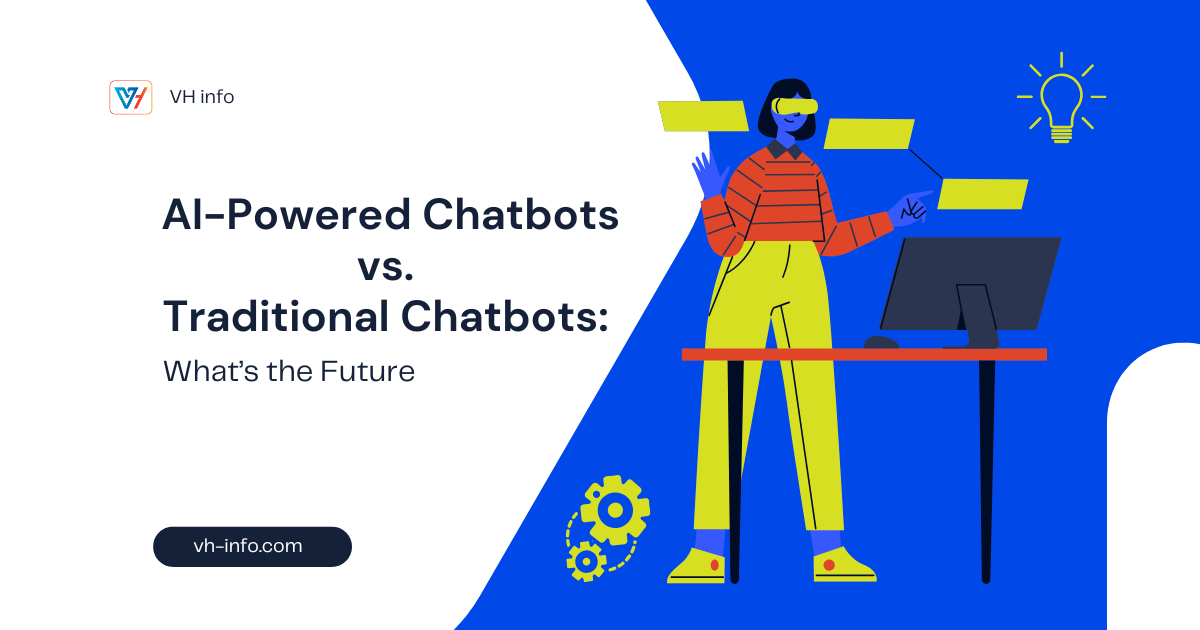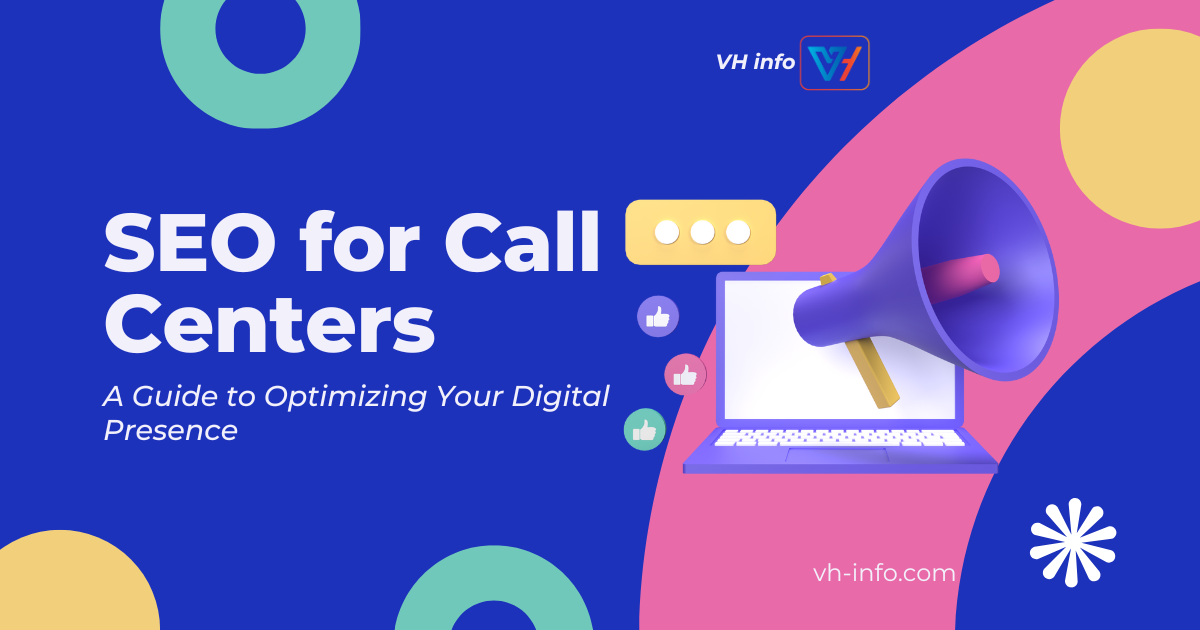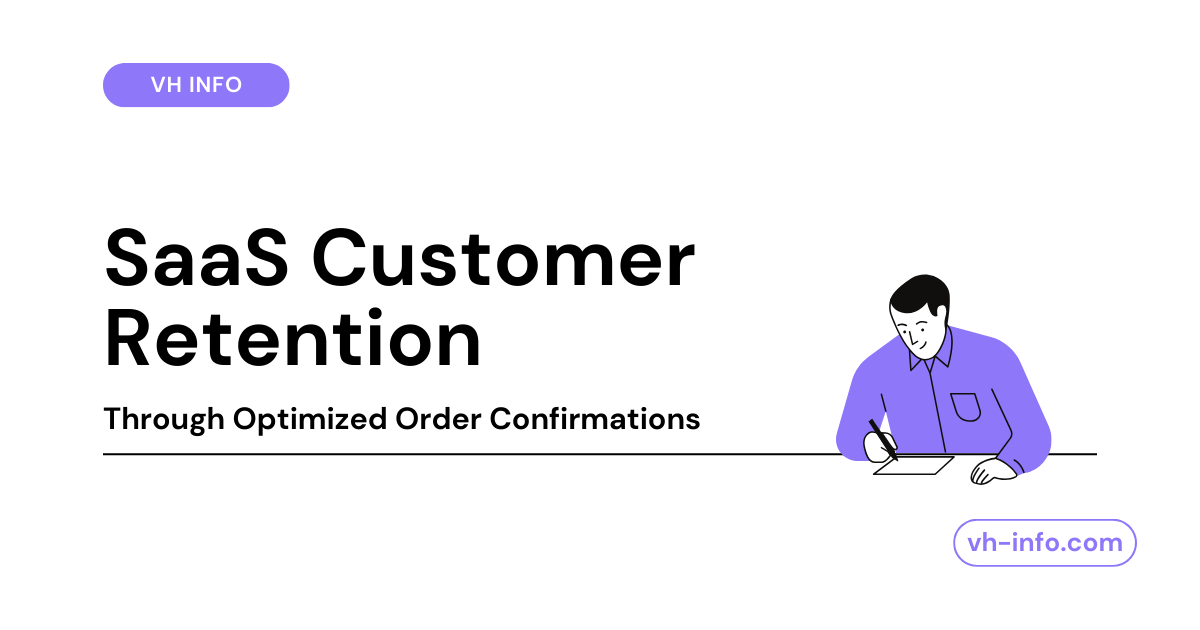Cold outreach isn’t just about hitting send – it’s about getting noticed, landing in the inbox (not spam), and actually sparking conversations. But with inbox limits, spam filters, and the constant demand for personalization, it’s easier said than done.
That’s where cold email and sales engagement platforms come in. These tools automate outreach, optimize deliverability, and help you personalize at scale – so you can focus on closing deals instead of chasing inbox issues.
In this blog, we’ll break down some of the top platforms – what they offer, how they stack up, and which one might be the right fit for your sales strategy.
Top 10 Cold Email Software
#1 SmartReach.io
SmartReach.io is an AI-enabled cold email software built to automate, personalize, and optimize your outreach across multiple channels. With AI-powered content, inbox rotation, and advanced email deliverability tools, it ensures your emails land in inboxes—not spam.
Unlike traditional outreach tools offers a true multi-channel experience, integrating LinkedIn, calls, SMS, and WhatsApp. Whether you’re in sales, recruitment, or an agency, SmartReach.io helps you scale outreach effortlessly and drive more conversions.
Key Features of SmartReach.io
- Multi-Channel Outreach – Connect with prospects via email, LinkedIn, calls, SMS, and WhatsApp for higher engagement.
- AI-Generated Email Sequences – Craft personalized emails, subject lines, and Spintax-based variations effortlessly.
- Inbox Rotation – Spread emails across multiple inboxes to protect your sender’s reputation and improve deliverability.
- ESP Matching – Align sending patterns with your ESP’s guidelines to avoid spam filters.
- AI Email Warm-Up – Automatically warm-up inboxes to maintain high deliverability rates.
- Spam Test Reports – Get real-time insights into spam triggers and optimize emails before sending.
- Free Email Validation – Verify email addresses to reduce bounces and protect your sender score.
- Global Blacklist Monitoring – Track your domain’s health and avoid getting blacklisted.
- Pre-Sales CRM – Manage prospects, track engagement, and nurture leads within SmartReach.io.
- Lead Finder Tool – Discover verified leads to build high-quality prospect lists.
- PowerDialer for Cold Calling – Automate calling, use local caller IDs, and record conversations seamlessly.
- Automated Meeting Scheduler – Eliminate scheduling hassle with smart booking links.
- Shared Inbox – Centralized inbox for team collaboration and efficient follow-ups.
- Detailed Analytics & Reporting – Track open rates, reply rates, and overall campaign performance.
Pricing
- SmartReach.io’s email outreach plan starts at $29/user/month.
#2 Saleshandy
Saleshandy is an AI-powered cold outreach platform designed to simplify lead generation, automate follow-ups, and improve engagement. By combining prospecting, email automation, and meeting scheduling in one unified platform, Saleshandy eliminates the need for multiple tools, making outreach more efficient and scalable.
Key Features of Saleshandy
- B2B Lead Finder – Access a 700M+ contact database to build highly targeted prospect lists.
- Cold Email Automation tool – Send personalized email sequences with automated follow-ups for better engagement.
- Deliverability Suite – Ensure high inbox placement with smart sending patterns that mimic human behavior.
- Unified Inbox – Manage all prospect responses in a single, organized dashboard for better collaboration.
- Advanced Tracking & Analytics – Gain real-time insights into open rates, click rates, and email performance.
- CRM Integrations – Seamlessly sync with HubSpot, Salesforce, Pipedrive, Zoho, and other top CRMs.
Pricing
- Saleshandy’s Starter Plan starts at $36/month.
#3 Klenty
Klenty is a sales engagement platform that helps teams automate and personalize outreach across multiple channels. With advanced sequencing, CRM integrations, and AI-driven personalization, sales reps can efficiently connect with prospects and drive higher conversions.
Key Features of Klenty
- Multi-Channel Outreach – Engage prospects through email, calls, LinkedIn, and SMS for broader reach.
- Video Personalization – Boost response rates by embedding customized videos in emails.
- Dynamic Templates – Use dynamic placeholders to personalize messages at scale.
- Cadence Playbooks – Automate outreach sequences based on prospect engagement and behavior.
- Email Validation – Improve deliverability and reduce bounce rates with built-in verification.
- CRM Integrations – Seamlessly sync with HubSpot, Zoho, Salesforce, Pipedrive, and more.
Pricing
- Klenty’s Starter Plan starts at $60/month.
#4 QuickMail
QuickMail is a cold outreach automation tool designed to optimize email and LinkedIn campaigns. With a strong focus on deliverability, automation, and CRM integrations, it helps businesses scale prospecting efforts efficiently.
Key Features of QuickMail
- Deliverability AI – Ensures emails land in the primary inbox, not spam.
- Inbox Rotation – Distributes emails across multiple inboxes to maintain sender reputation.
- Gmail Sending API – Enhances email compliance and deliverability by using Gmail’s API.
- Advanced Personalization – Customize outreach with dynamic properties for better engagement.
- Free Email Warm-Up – Strengthens sender reputation to improve email placement.
- Team Inbox – Centralized reply management for streamlined communication.
Pricing
- QuickMail’s Basic Plan starts at $49/month for up to 5 email addresses.
#5 Reply
Reply.io is an AI-driven sales engagement platform designed to automate and personalize outreach across multiple channels, helping sales teams connect with prospects more effectively and boost conversions.
Key Features of Reply
- Multichannel Automation: Automate outreach through emails, LinkedIn, calls, and SMS to engage prospects on their preferred platforms.
- AI SDR Agents: Leverage AI-powered sales assistants to handle tasks like prospecting and follow-ups, allowing your team to focus on closing deals.
- Unlimited Mailboxes and Warm-Ups: Connect multiple email accounts with built-in warm-up features to maintain high deliverability rates.
- B2B Data Search: Access a database of over 1 billion global contacts to build targeted prospect lists.
- LinkedIn Automation: Streamline LinkedIn outreach by automating connection requests and messages.
Pricing
- Reply.io pricing plans starting from $59 per month
#6 Outreach.io
Outreach.io is a leading sales execution platform designed to amplify the impact of sales teams by leveraging AI-driven workflows and analytics. It offers a comprehensive suite of tools to enhance productivity, streamline communication, and drive revenue growth.
Key Features of Outreach.io
- AI-Powered Sales Workflows: Automate repetitive tasks and optimize sales processes with intelligent workflows, allowing reps to focus on high-value activities.
- CRM Integration: Seamlessly integrate with major CRM systems to ensure data consistency and streamline workflows.
- AI Forecasting: Utilize AI to predict revenue outcomes, analyze pipeline gaps, and simulate forecasts for different scenarios.
- Conversation Intelligence (Kaia): Leverage AI-powered meeting assistance with real-time call recording, transcription, and actionable insights to enhance sales interactions.
- Deal Management: Access a unified view of all deals with AI-powered insights, helping sales teams identify risks and opportunities effectively.
- Automated Meeting Scheduling: Simplify the scheduling process with smart booking links and calendar integrations, reducing back-and-forth communications.
Pricing
- Outreach.io offers tailored pricing plans to suit various business needs.
#7 Hunter.io
Hunter.io is a powerful cold email software designed to help businesses find, verify, and connect with professionals seamlessly. With advanced email discovery, verification, and outreach automation, it streamlines lead generation and ensures high email deliverability.
Key Features of Hunter.io
- Email Finder – Easily locate professional email addresses using a person’s name and company domain.
- Domain Search – Discover all publicly available email addresses associated with a specific domain.
- Email Verifier – Validate email addresses to minimize bounce rates and maintain sender reputation.
- Cold Email Automation – Create personalized outreach campaigns with automated follow-ups.
- Bulk Email Tasks – Find and verify multiple email addresses at once for large-scale prospecting.
- Seamless Integrations – Connect effortlessly with Google Sheets, CRMs, and other essential tools.
Pricing
- Hunter.io’s Starter Plan is available at $49 per user per month.
#8 Woodpecker.co
Woodpecker.co is an advanced cold email software designed to automate outreach while ensuring high deliverability. With built-in email verification, adaptive sending, and email warm-up, it helps businesses reach prospects without landing in spam. Ideal for sales teams, agencies, and B2B businesses, Woodpecker makes cold outreach efficient and scalable.
Key Features of Woodpecker.co
- Cold Email Automation – Create, personalize, and automate outreach sequences for better engagement.
- Free Email Verification – Validate email addresses to reduce bounce rates and maintain sender reputation.
- AI Email Warm-Up – Strengthen and protect your sender reputation to improve inbox placement.
- Deliverability Monitoring – Identify and resolve potential issues before they impact email performance.
- Adaptive Sending – Automatically adjust sending patterns to stay within email provider limits and avoid spam filters.
Pricing
- Woodpecker’s Starter Plan begins at $29/month.
#9 Mailshake
Mailshake is a powerful cold email software designed to automate and personalize sales outreach. With AI-driven email generation, multi-channel engagement, and smart lead prioritization, it helps sales teams scale outreach and close deals faster.
Key Features of Mailshake
- Multi-Channel Outreach – Engage prospects via email, phone, and social media for a comprehensive sales approach.
- LinkedIn Automation – Automate connection requests and direct messages to expand your network effortlessly.
- AI-Powered Email Writing – Generate high-converting cold emails with SHAKEspeare AI.
- Lead Catcher – Identify and prioritize highly engaged prospects for timely follow-ups.
- Advanced Analytics – Track email opens, replies, and clicks to refine outreach strategies.
- CRM Integrations – Seamlessly sync data with top CRMs for an efficient sales workflow.
Pricing
- Mailshake’s Starter Plan begins at $29/month per account.
#10 Snov io
Snov.io is a comprehensive sales engagement platform designed to streamline lead generation, automate outreach, and enhance sales processes. By integrating tools for prospecting, email automation, and CRM management into a single interface, Snov.io empowers businesses to efficiently scale their outreach efforts and drive revenue growth.
Key Features of Snov.io
- Email Finder: Locate and collect pre-verified email addresses that match your ideal customer profile, utilizing an extensive database and multiple search options.
- Email Verifier: Reduce bounce rates and maintain a clean email list with a 7-tier verification process, ensuring 98% accuracy.
- Email Warm-up: Enhance email deliverability and sender reputation through AI-driven conversation simulations and template-specific warm-ups.
- Multichannel Campaigns: Boost lead engagement by combining email and LinkedIn touchpoints, automating follow-ups, and utilizing unlimited sender accounts.
- Sales CRM: Optimize your sales workflow with a simple yet powerful CRM that includes features like Google Calendar sync, multiple pipelines, and deal loss analytics.
- Chrome Extensions: Find leads on the go with click-and-collect email finder extensions, allowing for LinkedIn prospect searches and direct addition of leads to campaigns.
Pricing
- Snov.io pricing starts at $39
Conclusion
The right tool can make all the difference.
Cold outreach is more than just sending emails—it’s about making real connections. The right cold email software helps you automate, personalize, and optimize your campaigns while keeping your emails out of spam.
Whether you need multi-channel outreach, AI-driven personalization, or advanced deliverability features, there’s a tool for every sales strategy. Choose wisely, test, and watch your pipeline grow.
